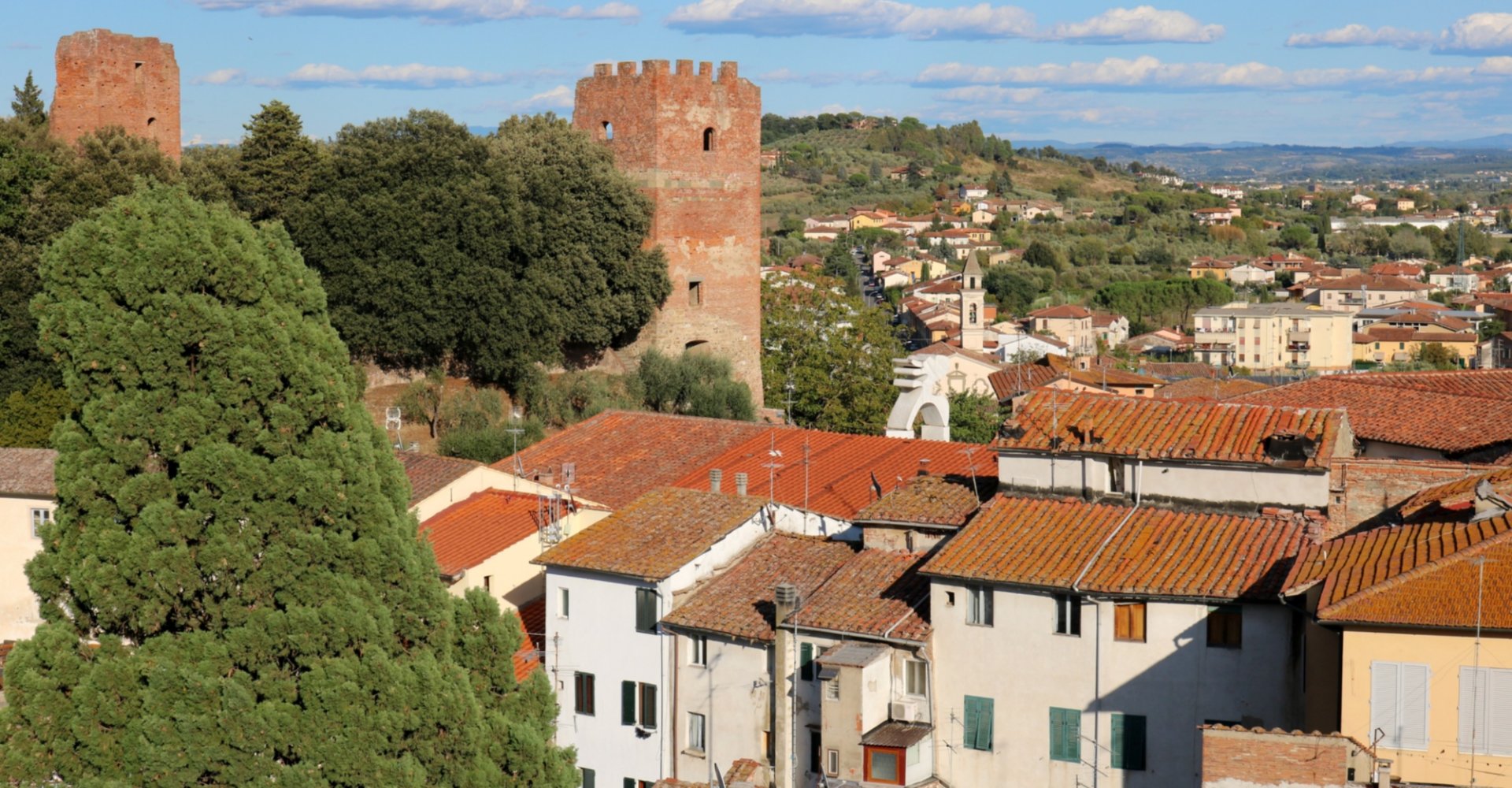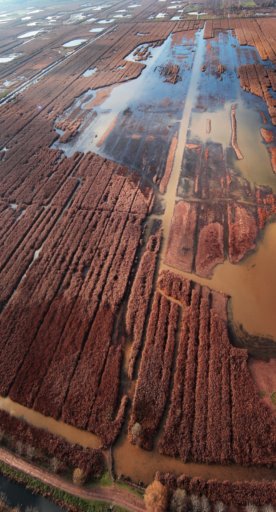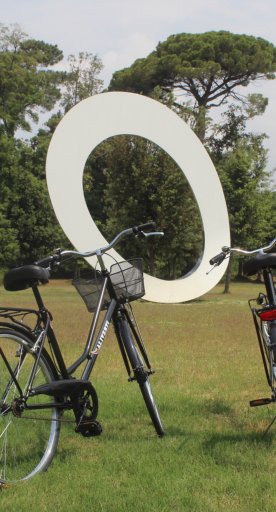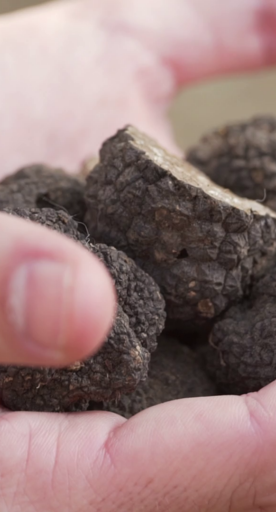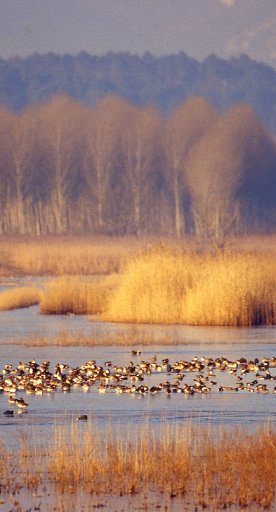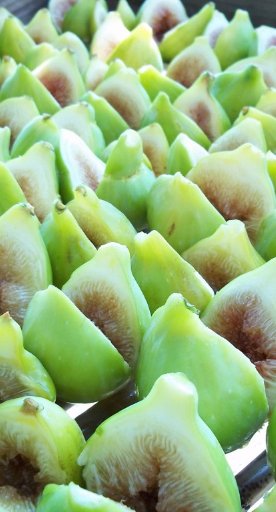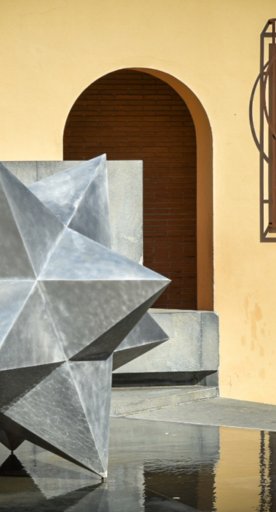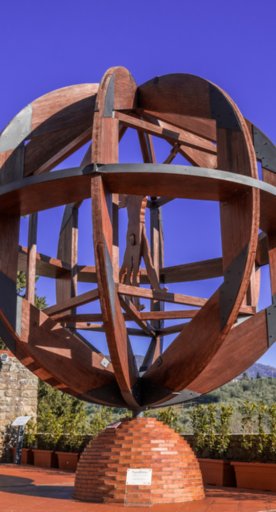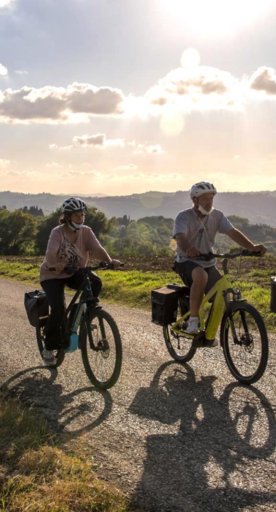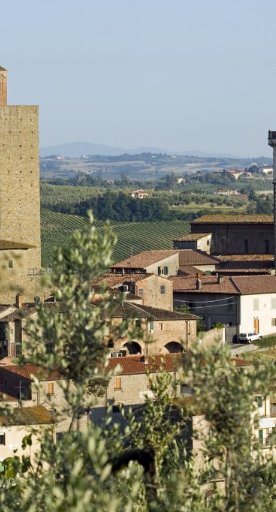Fucecchio
Along the Francigena, a medieval town in the Empolese Valdelsa
The origin and history of Fucecchio are tightly bound to those of the via Francigena, whose route at that particular segment is intersected by the River Arno. Around the 10th century, the Cadolingi, originally from Pistoia, moved their attention to this important junction and built Salamarzana Castle. After the Cadolingi rule, Fucecchio, now a free municipality, began to show signs of development in the 16th century with the recovery of agricultural activities from which originate some of the great farms that once belonged to the Medici family.
What to see in Fucecchio
In the historic centre, the evocative complex of Palazzo Corsini rises in the town’s original centre. From the 10th century it was the headquarters of the Salamarzana Castle, transformed during the 14th century into a fortress by the Florentines. Having lost its military importance, it was acquired by Giovanni di Cosimo dei Medici, the father of Lorenzo the Magnificent, who turned it into a farm. In 1643, the entire complex passed to the Corsini and, in 1981, to the Municipality, making it available to the community by housing the Fucecchio Museum, the historical archive and the library.
Located in the upper part of Fucecchio, the historic Abbey of San Salvatore merits a visit, founded in the 10th century by the Cadolingi, and home to a precious Crucifix from the early 1300s, a splendid 17th-century organ and several paintings by Empoli and Caccini. Not far, you’ll find the Collegiate Church of San Giovanni Battista, whose current appearance dates to 1780 and which conserves the beautiful panel painting depicting the Madonna and Child Enthroned with Saints (1526) by Bartolomeo Ghetti. But Fucecchio’s cultural hub is probably situated in the historic Palazzo Montanelli Della Volta, also the home of the Montanelli Bassi Foundation, founded in 1987 by the renowned journalist Indro Montanelli to endorse the cultural and historical heritage of his home town. A remarkable itinerary of the famous journalist’s activities is located in the building, among which are his studies undertaken in Rome and Milan, transferred here in their entirety.
In the historic centre, the evocative complex of Palazzo Corsini rises in the town’s original centre. From the 10th century it was the headquarters of the Salamarzana Castle, transformed during the 14th century into a fortress by the Florentines. Having lost its military importance, it was acquired by Giovanni di Cosimo dei Medici, the father of Lorenzo the Magnificent, who turned it into a farm. In 1643, the entire complex passed to the Corsini and, in 1981, to the Municipality, making it available to the community by housing the Fucecchio Museum, the historical archive and the library.
Located in the upper part of Fucecchio, the historic Abbey of San Salvatore merits a visit, founded in the 10th century by the Cadolingi, and home to a precious Crucifix from the early 1300s, a splendid 17th-century organ and several paintings by Empoli and Caccini. Not far, you’ll find the Collegiate Church of San Giovanni Battista, whose current appearance dates to 1780 and which conserves the beautiful panel painting depicting the Madonna and Child Enthroned with Saints (1526) by Bartolomeo Ghetti. But Fucecchio’s cultural hub is probably situated in the historic Palazzo Montanelli Della Volta, also the home of the Montanelli Bassi Foundation, founded in 1987 by the renowned journalist Indro Montanelli to endorse the cultural and historical heritage of his home town. A remarkable itinerary of the famous journalist’s activities is located in the building, among which are his studies undertaken in Rome and Milan, transferred here in their entirety.
Nearby
At the gateway to the town, along the River Usciana, you can find the splendid Medici Bridge in Ponte a Cappiano, a historic andrenown crossing from which the territory’s road network was controlled and which was a strategic passageway located along the via Francigena.
Originally the bridge was fortified, and in the town of Galleno, a paved segment is still visible that displays the ancient appearance of the Via Francigena in these parts. The structure of the river crossing was transformed in 1550 by Cosimo I de’ Medici, with the bridge taking on the appearance it has today and becoming the administrative centre of one of the large grand ducal farms. Today, it houses a hostel.
Lovers of the history of the Medici can continue their journey in the Empolese Valdelsa area. Here, in fact, is Cerreto Guidi, a small town immersed in the Tuscan countryside that houses the Medici Villa built around 1556 by the will of Cosimo I.
Not far from this area, the Fucecchio Marsh begins, a large protected area between the provinces of Pistoia and Florence and the largest inland marsh in Italy.
At the gateway to the town, along the River Usciana, you can find the splendid Medici Bridge in Ponte a Cappiano, a historic andrenown crossing from which the territory’s road network was controlled and which was a strategic passageway located along the via Francigena.
Originally the bridge was fortified, and in the town of Galleno, a paved segment is still visible that displays the ancient appearance of the Via Francigena in these parts. The structure of the river crossing was transformed in 1550 by Cosimo I de’ Medici, with the bridge taking on the appearance it has today and becoming the administrative centre of one of the large grand ducal farms. Today, it houses a hostel.
Lovers of the history of the Medici can continue their journey in the Empolese Valdelsa area. Here, in fact, is Cerreto Guidi, a small town immersed in the Tuscan countryside that houses the Medici Villa built around 1556 by the will of Cosimo I.
Not far from this area, the Fucecchio Marsh begins, a large protected area between the provinces of Pistoia and Florence and the largest inland marsh in Italy.
Events
In Fucecchio in the month of May, the Palio delle Contrade challenge is held. It's a centuries-old competition that dates back to the Middle Ages and which involves a week of parades, re-enactments, historical processions and other events, culminating in the horse race. The winning district is awarded the prestigious Cencio.
Every year on Corpus Christi Sunday, the Infiorata di Fucecchio fills the streets of the historic center with an immense carpet of flowers. Preparation begins on Saturday morning, and the following day the religious procession follows in the footsteps of paintings made with seasonal flower petals, leaves, seeds and coffee powder.
The tradition of the Infiorata seems to have spread throughout the Catholic world and arrived in Fucecchio around 1700, probably thanks to the tales of pilgrims returning from Rome along the Via Francigena.
In Fucecchio in the month of May, the Palio delle Contrade challenge is held. It's a centuries-old competition that dates back to the Middle Ages and which involves a week of parades, re-enactments, historical processions and other events, culminating in the horse race. The winning district is awarded the prestigious Cencio.
Every year on Corpus Christi Sunday, the Infiorata di Fucecchio fills the streets of the historic center with an immense carpet of flowers. Preparation begins on Saturday morning, and the following day the religious procession follows in the footsteps of paintings made with seasonal flower petals, leaves, seeds and coffee powder.
The tradition of the Infiorata seems to have spread throughout the Catholic world and arrived in Fucecchio around 1700, probably thanks to the tales of pilgrims returning from Rome along the Via Francigena.
Typical dishes and products
In Fucecchio, the main dishes of local cuisine are the same as those of the Tuscan tradition. Ribollita, for example, is the typical recipe for winter evenings, based on stale bread, legumes and black cabbage. In addition to the most popular dishes, you can try fegatelli, prepared with liver and lean pork dipped in lard.
Finally, during the Carnival period, zuccherini fucecchiesi are prepared: aniseed donuts with a dough similar to that of dry biscuits.
In Fucecchio, the main dishes of local cuisine are the same as those of the Tuscan tradition. Ribollita, for example, is the typical recipe for winter evenings, based on stale bread, legumes and black cabbage. In addition to the most popular dishes, you can try fegatelli, prepared with liver and lean pork dipped in lard.
Finally, during the Carnival period, zuccherini fucecchiesi are prepared: aniseed donuts with a dough similar to that of dry biscuits.
